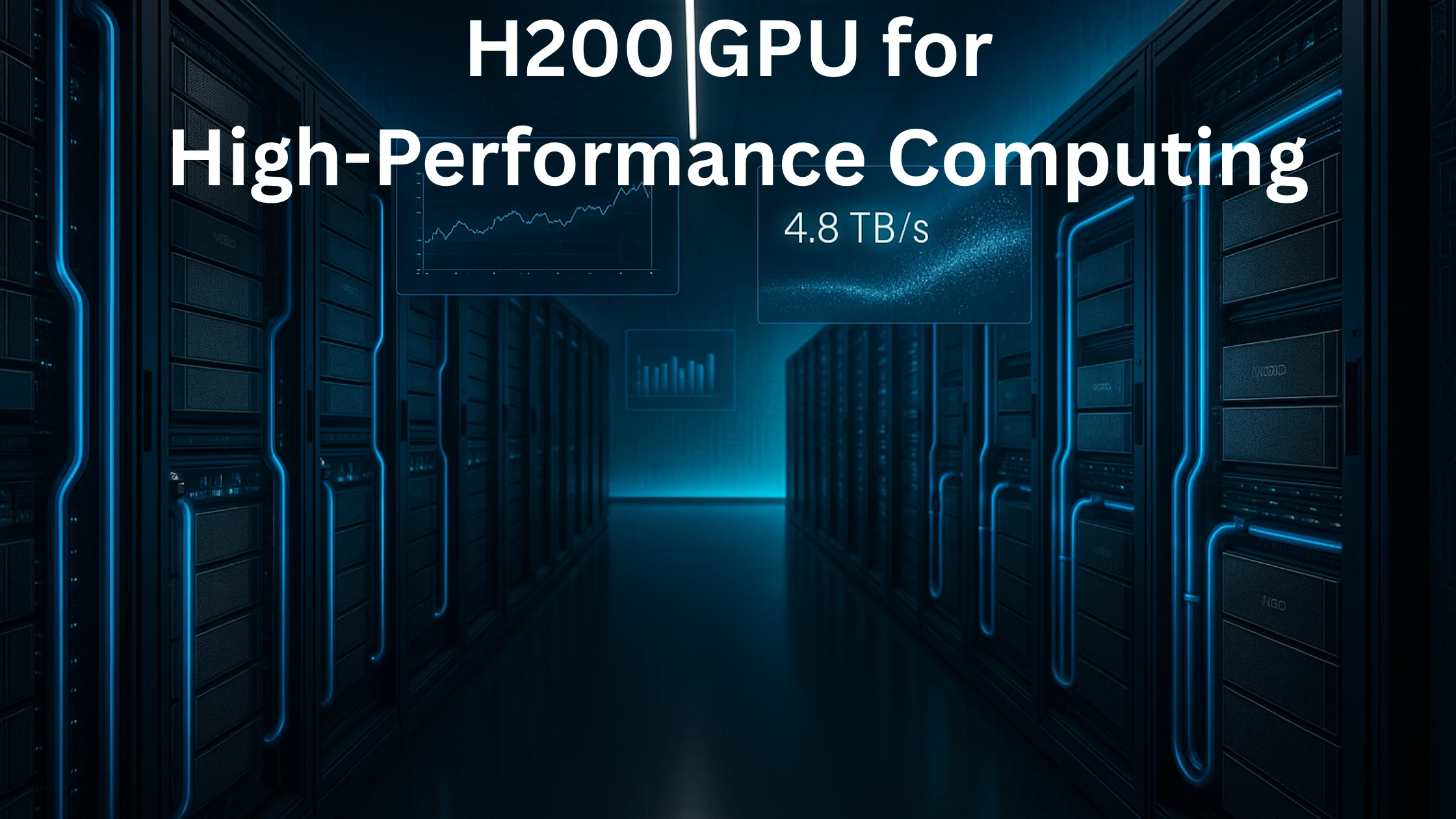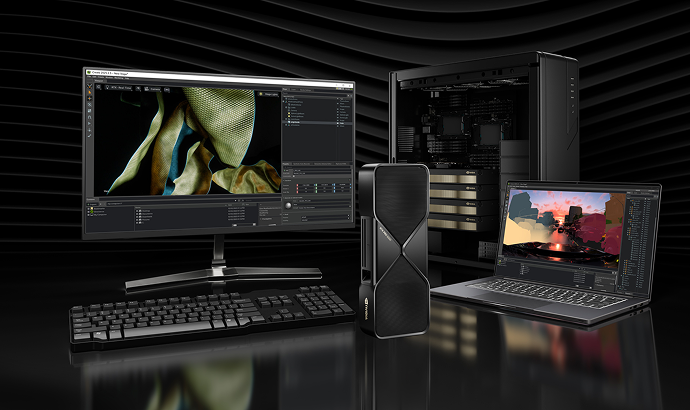

Writing About AI
Uvation
Reen Singh is an engineer and a technologist with a diverse background spanning software, hardware, aerospace, defense, and cybersecurity. As CTO at Uvation, he leverages his extensive experience to lead the company’s technological innovation and development.

The NVIDIA H200 GPU is specifically designed to overcome memory bottlenecks that limit performance in modern HPC and AI environments, especially with large language models (LLMs) and complex scientific simulations. Its key features include a substantial 141GB of HBM3e memory, offering nearly double the capacity of the H100 and an impressive 4.8 TB/s of memory bandwidth. This significantly increased memory and bandwidth allow the H200 to handle larger datasets and models directly in GPU memory, reducing the need for costly memory swaps and eliminating “fetch stalls” that can throttle performance. Furthermore, it incorporates the Gen 2 Transformer Engine for accelerated matrix math and sparsity handling, and NVLink fabric, which facilitates better parallelisation and concurrent execution of multiple models, making it ideal for memory-intensive applications.
The H200 achieves its remarkable performance gains through a combination of architectural breakthroughs that directly address common bottlenecks in HPC and AI. Firstly, its massive 4.8 TB/s memory bandwidth is crucial for eliminating the data transfer bottlenecks that often slow down token-level throughput in LLMs and data-intensive scientific simulations. Secondly, the integration of the Transformer Engine Gen 2 provides significantly faster matrix mathematical execution and improved sparsity handling, which are critical for the efficiency of LLMs. Lastly, the enhanced parallelisation capabilities enabled by NVLink and its large memory residency allow for multiple models or simulations to run concurrently without performance degradation due to memory swapping, leading to dramatic reductions in processing times, as exemplified by the 110X speedup in genomics research.
The NVIDIA H200 represents a significant generational leap over its predecessors. The A100 (2020) offered 40GB of memory with 1.6 TB/s bandwidth and no Transformer Engine. The H100 (2022) improved upon this with 80GB of memory, 3.35 TB/s bandwidth, and the Gen 1 Transformer Engine, delivering over 1,000 peak FP8 TFLOPS. The H200 (2024) further elevates performance with 141GB of HBM3e memory, a substantial 4.8 TB/s bandwidth, and the more advanced Gen 2 Transformer Engine, boasting over 1,100 peak FP8 TFLOPS. These specifications translate into tangible benefits, with the H200 supporting more concurrent users and achieving significantly lower latency and higher token throughput in LLM inference benchmarks compared to the H100 and A100.
The H200 is revolutionising real-time HPC applications that are inherently memory-intensive. Its capabilities are particularly impactful in:
In all these areas, the H200’s ample memory and bandwidth directly address the demanding memory-bound execution patterns, providing unprecedented speed and efficiency.
The H200 significantly improves the total cost of ownership (TCO) by enabling more efficient resource utilisation. Because a single H200 GPU can support a much higher number of concurrent users and achieve faster throughput compared to previous generations (e.g., 160 users on an H200 node versus 80 on an H100 node for LLM inference), enterprises can accomplish more work with fewer GPUs. This reduction in the number of required GPUs directly translates to lower operational costs, including reduced power consumption, less cooling infrastructure, less rack space, and potentially lower software licensing fees. For instance, the cost per user for LLaMA 13B inference drops from approximately $52.50 on an H100 node to $37.50 on an H200 node, representing a substantial saving.
The choice between an H200 and an H100 depends on the specific workload’s primary demands:
Ultimately, for workloads that are heavily constrained by memory capacity or require extremely low inference latency, the H200 offers a clear advantage.
Profiling LLM inference on an H200 typically involves loading a large model that benefits from its ample memory directly onto the GPU and measuring its performance. Here’s a Python code snippet using the Hugging Face Transformers library and PyTorch:
import torch
from transformers import AutoModelForCausalLM, AutoTokenizer
# Load a large language model (e.g., Llama-2-70b)
# device_map=”auto” intelligently distributes the model if it exceeds single GPU memory,
# but H200’s 141GB can handle many large models in full.
model = AutoModelForCausalLM.from_pretrained(“meta-llama/Llama-2-70b”, torch_dtype=torch.float16, device_map=”auto”)
tok = AutoTokenizer.from_pretrained(“meta-llama/Llama-2-70b”)
# Prepare input prompt and move it to the GPU
inputs = tok(“Describe H200 GPU performance”, return_tensors=”pt”).input_ids.to(“cuda”)
# Generate output tokens and measure performance (e.g., time taken, tokens generated)
with torch.no_grad():
outputs = model.generate(inputs, max_new_tokens=200)
# At this point, you would add profiling tools (e.g., torch.cuda.Event, time.time())
# to measure latency and calculate token throughput based on the generated output.
# Expect memory usage for a 70B model to spike around ~120 GB, which the H200 handles effortlessly.
This code loads a 70 billion parameter model, which would typically exceed the memory of an H100 and require sharding across multiple GPUs. The H200’s 141GB memory allows such models to reside entirely on a single GPU, streamlining inference and reducing latency.
The H200’s performance advantage stems from several core architectural features:
These features collectively drive real architectural shifts, enabling the H200 to redefine performance in memory-bound AI and HPC.
We are writing frequenly. Don’t miss that.

Unregistered User
It seems you are not registered on this platform. Sign up in order to submit a comment.
Sign up now